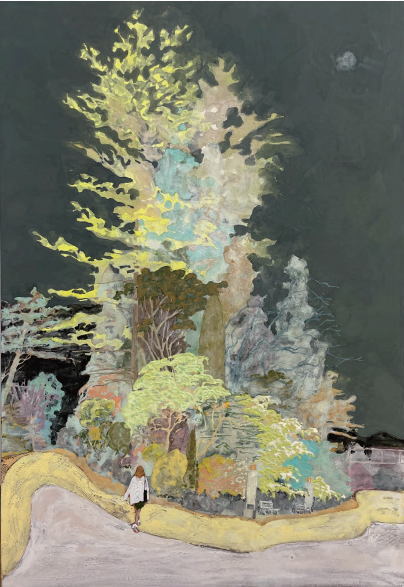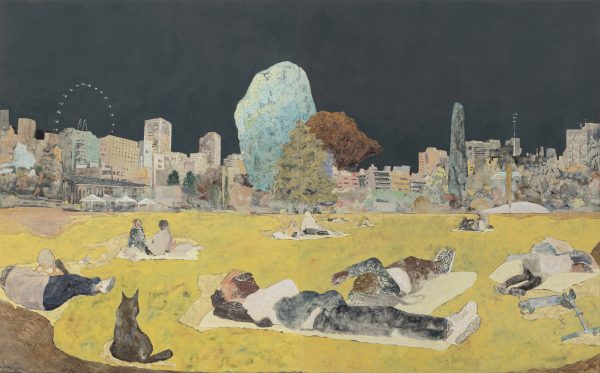
Chen Tianyi
2025
Mineral pigments, mud pigments on Japanese Paper Screen
30×10.5cm
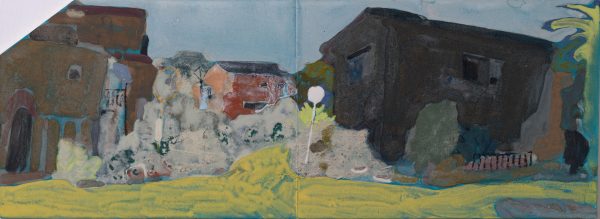
Chen Tianyi
2025
Mineral pigments, mud pigments on Japanese Paper Screen
56.5×20.5cm.jpg
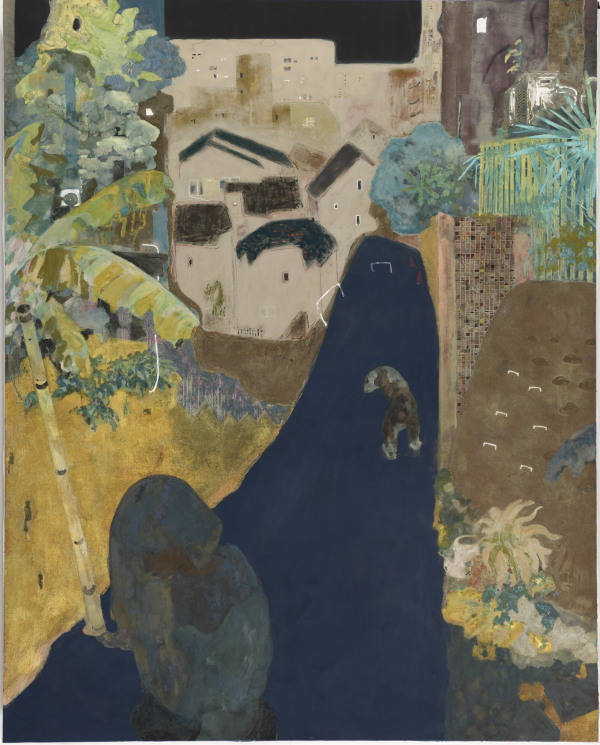
Chen Tianyi
2024
Mineral pigments, mud pigments, chalk and Japanese paper on board
214×175cm
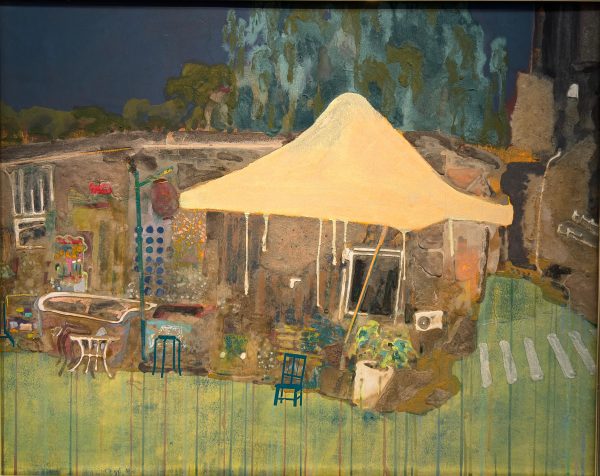
Chen Tianyi
2024
Mineral pigments, mud pigments, chalk and Japanese paper on board
91×72cm
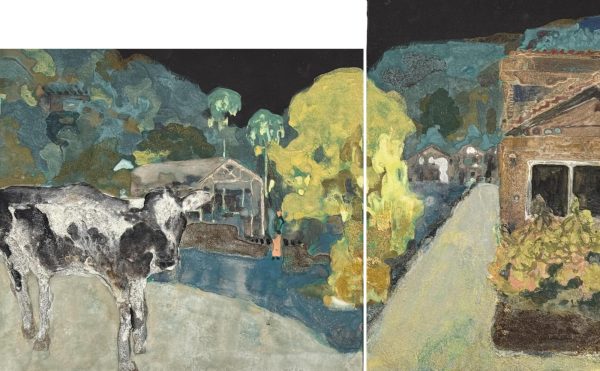
Chen Tianyi
2024
Mineral pigments, mud pigments, chalk and Japanese paper on board
41×59cm
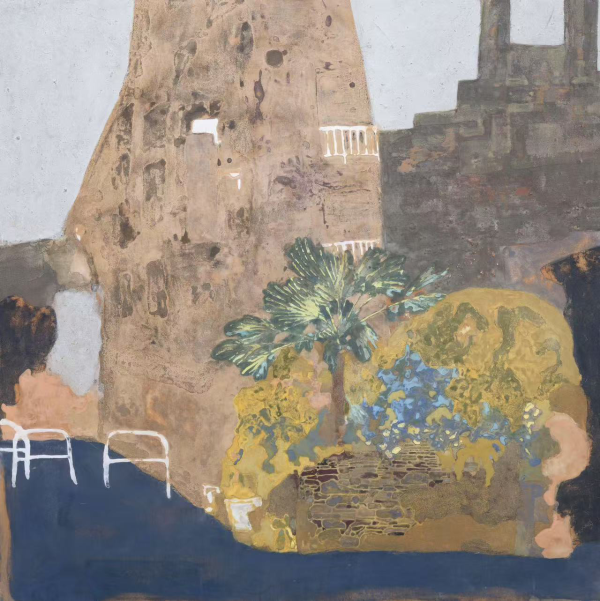
陈天逸
2023
Mineral pigments, mud pigments, chalk and Japanese paper on board
91×91cm
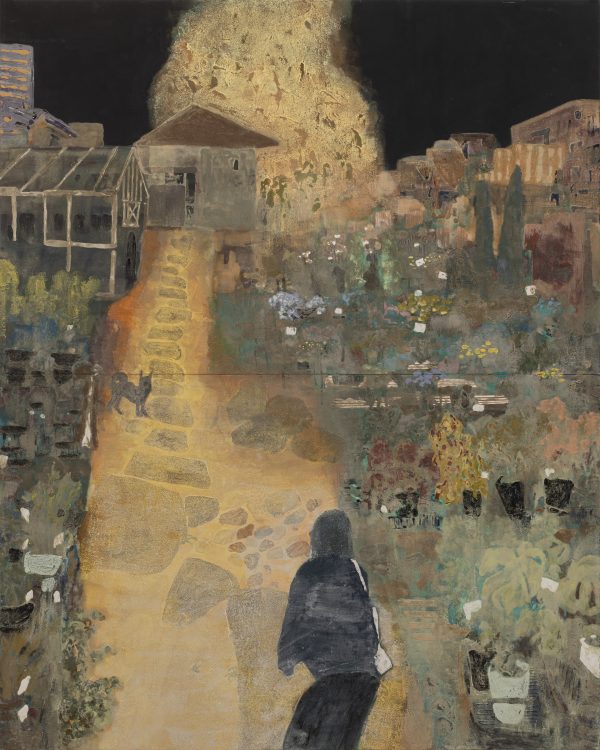
chen Tianyi
2023
Mineral pigments, mud pigments, chalk and Japanese paper on board
130×162cm
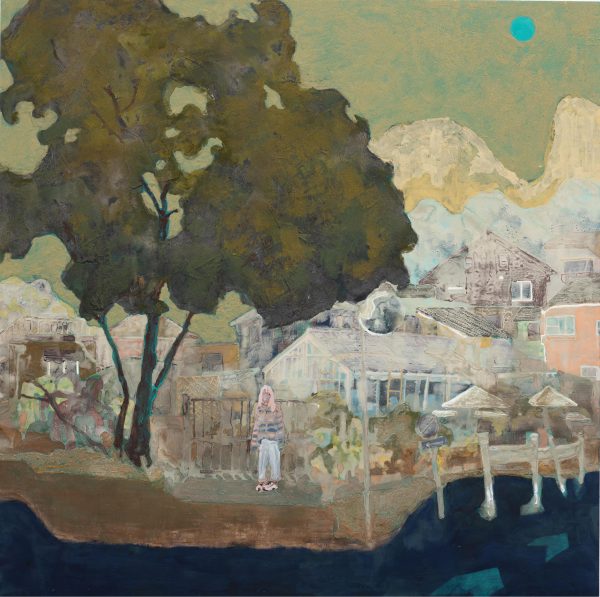
Chen Tianyi
2023
Mineral pigments, mud pigments, chalk and Japanese paper on board
145.5×145.5cm
Hive Center for Contemporary Art is pleased to present artist Chen Tianyi’s first solo exhibition, ‘As I Walked Out One Evening’, opening on 26 April, 2025, at Shanghai’s Hive Becoming space. This exhibition focuses on a series of paintings from the artist’s recent practice. The exhibition is curated by Lin Shengbing, and will be on view until June 13, 2025.
Dreams are the gateway to the real order, a world of perfection that departs from reality. As the Japanese word yume ni naru (夢中になる) signifies, when the consciousness becomes absorbed in the vortex of preoccupation, the boundaries of reality are shaken, and this intermediate realm between dream and reality serves as the liminal space in which one learns to engage with the world. This is where Chen Tianyi’s practice is grounded, in his sketches of foreign landscapes, especially the streets and lanes of his Tokyo residence. In particular, midnight remains his window of inspiration – both a moment of ambiguity where tenses and identities intersect, and a time of vulnerability where the subconscious breaks through its monitoring mechanism. Following the physical displacement and migration of the body, along with the disconnection of cultural ties and the reconstruction of identity, the artist is compelled to rediscover new coordinates in the ‘interweaving’¹ with the world. Through symbolically embedding structures of familial memory, the artist collects and assembles fragments of identity-related histories among scattered technological mediums and cultural apparatuses, and in turn, weaves relational identities into the narrative structures through inhabiting mnemonic ecological niches, thereby creating the cultural trajectories of memory ecologies. What emerges from this identity demarcation system is the diversity of relationships intertwined in life and the different desires that are trapped in between.
The Chinese exhibition title ‘Ten Nights of Dreams’ refers to an eponymous collection of prose poems written by Natsume Soseki. In his book, Netsuke transforms a dream into an allegory, borrowing miraculous yet not inaccurate ravings to build a labyrinth of mental images existing in the gap between reality and fiction, which, in the folds of the grotesque narrative, provoke philosophical reflections on the nature of love and desire, the trembling loneliness of existence, and the callousness of interpersonal detachment. This way of composing work, which encapsulates the inner core of ethics with a mystical façade, corresponded to Chen Tianyi’s practice. However, in the illusory dreams that the latter weaved, Chen incorporates additional experiences of reality and structural residues of real-world memory. Though expressing the concentration and displacement of encoded desires, the artist depicts foreign landscapes that are unconsciously processed to both reveal strangeness and yet imply nostalgia. In this enclave he created, space is not an objective vessel, but a field of possibilities for physical action. Time, rather than a physical uniformity of passage, becomes a ‘retention-protention’ structure in the bodily experience. Chen’s dynamic topology of ‘interweaving’ the body, consciousness, and the world establish a network of ‘affect’ ²between palpable physical space, coarse mineral pigments, and diverse images of cultural identity, while reinforcing them into a visible tactile field, completes the reconciliation of traumatic memories resulting from cultural dislocation and triggers different ‘Madeleine moments’³ in the interaction with the viewers. One thing worth mentioning is that Chen is evidently influenced by East Asian literature. Be it fragmentary prose or narrative, the tension lies in the dialectical unity between individual falsification and intrinsic reality, in which the artist achieves the construction of identity by means of sincere idle talk. Here, the material does not remain just a medium, but also a co-conspirator of ‘affect’.
The decision to choose and transform mineral pigments is a crucial aspect of Chen Tianyi’s practice. This is both derived from his cultural memory constructed through familial narratives and closely connected to his exploration of embodied cognition. By establishing an isomorphic relationship between mineral sedimentary structures and memory mediums, the artist transforms his creative practice into a movement of difference and repetition. This process of materializing bodily experience corresponds to the productive nature of ‘affection of the body’4. Regardless of layering or scraping, when engaging with the surface of the pigments, his physical movement is both an inscription of memory traces and a reverse-construction through tactile feedback. This bilateral mechanism turns the work into a hybrid, where materiality and spirituality are mutually translated at the interface and continue to evolve. Additionally, in a time when digital technology is increasingly deconstructing material reality, the material existence of mineral pigments serves as an embodied anchor to counter the visualization of memory. Depending on the diachronic processing of the material, Chen transforms the aura into a topological space of memory with tactile depth, thus realizing the contemporary translation of cultural memory and identity under the material critical state of the medium.
From the multi-faceted construction of the double screen in paintings, to the theatrical manipulation of spatial voyeurism and the adoption of spatial mediums such as the scroll and the folding screen, the practice of space construction represents an explicit manifestation of the artist’s cultural identity. The core element of the artist’s spatial narrative, the ramp, unfolds multiple metaphorical dimensions in Chen’s practice. The ramp is both a tactile physical space and a public field where individuals interact with the collective, thereby creating different ‘affect’ experiences. Chen has created an amorphous and undefined ‘smooth space’ by switching the viewing angle from the top to the bottom and dislocating the landscape so that the direction of the ramp contradicts the scenery while the temporal state of the image deviates from the reality of time and space. In this space, familiar sceneries and shifting cultures are able to coexist where Chen connects familiar anchors in old and new memories with the continuity of bizarre dreams remnant of the real world, and continuously reflect on individual identities from the ‘nostalgia of unexperienced landscape’. Rather than reconstructing the original place, the artist invites the viewer to enter the dynamic memory ecosystem, where individual and collective memories are combined, autobiographical narratives acquire significance through dictation and other structures, and ultimately weave a collective dream in the mechanism of memory sharing. This is both a response to the ‘lost wholeness’ and a common psychological symptom in the context of contemporaneity.
- “Merleau-Ponty affirms the cobelonging of the sentient and the sensible to the same ‘flesh’ that interweaves our body, the other’s body, and the things of the world, and that envelopes them in a horizon of ‘brute’ or ‘wild Being’ in which the subject and the object are not yet constituted.”
- Gilles Deleuze, in A Thousand Plateaus, points out that ‘affect’ is a flux of intensities generated through the interaction between the body’s potential and the external world. It is a pre-individual life force that emphasizes dynamic becoming rather than a static emotional state.
- The sensory memory paradigm constructed by Marcel Proust in In Search of Lost Time specifically refers to the phenomenon in which a particular object triggers a surge of involuntary memories.
- Baruch Spinoza refers to the process by which the human body comes into contact with external bodies and thereby generates emotions as the “affection of the body.”
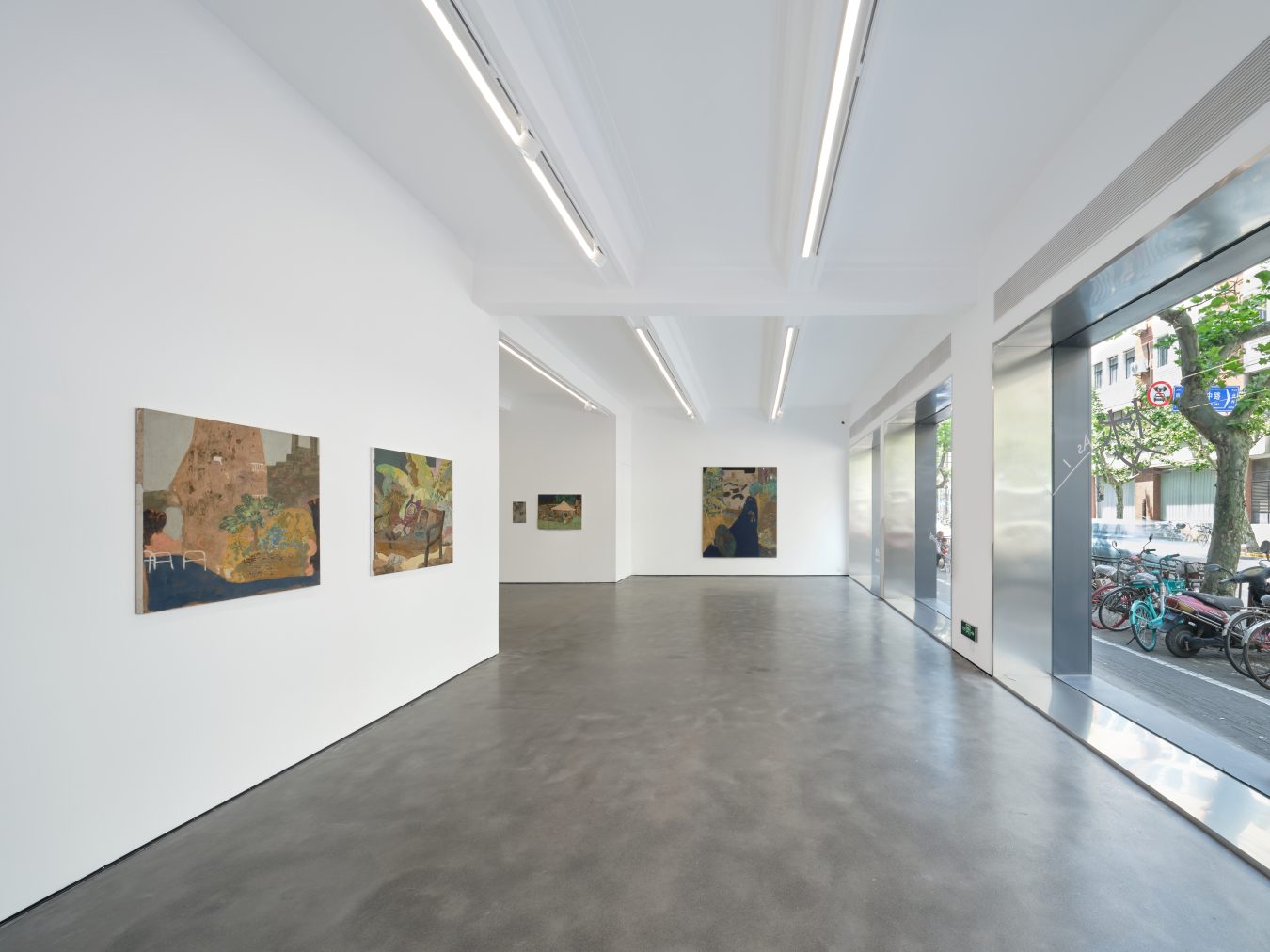
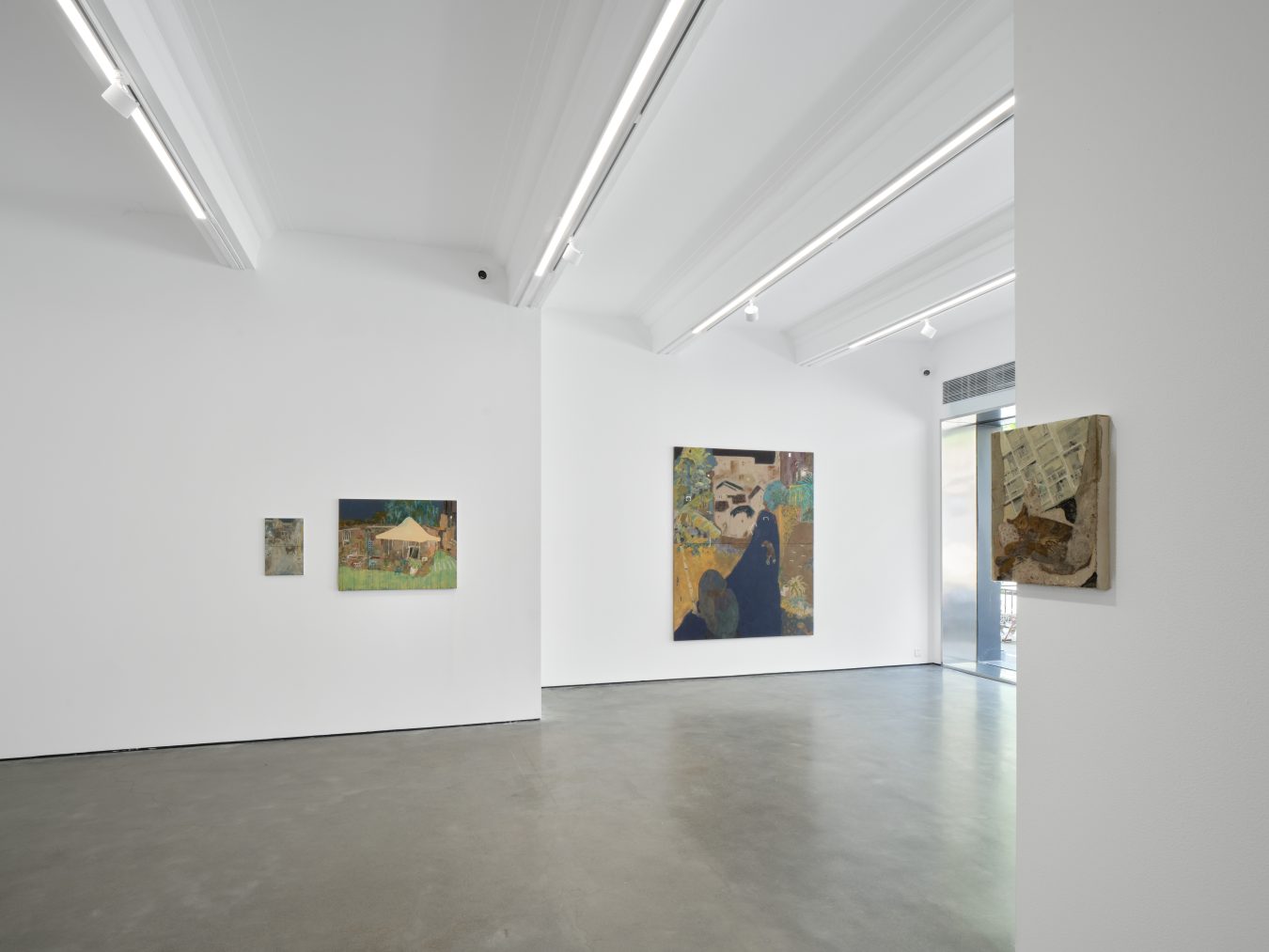

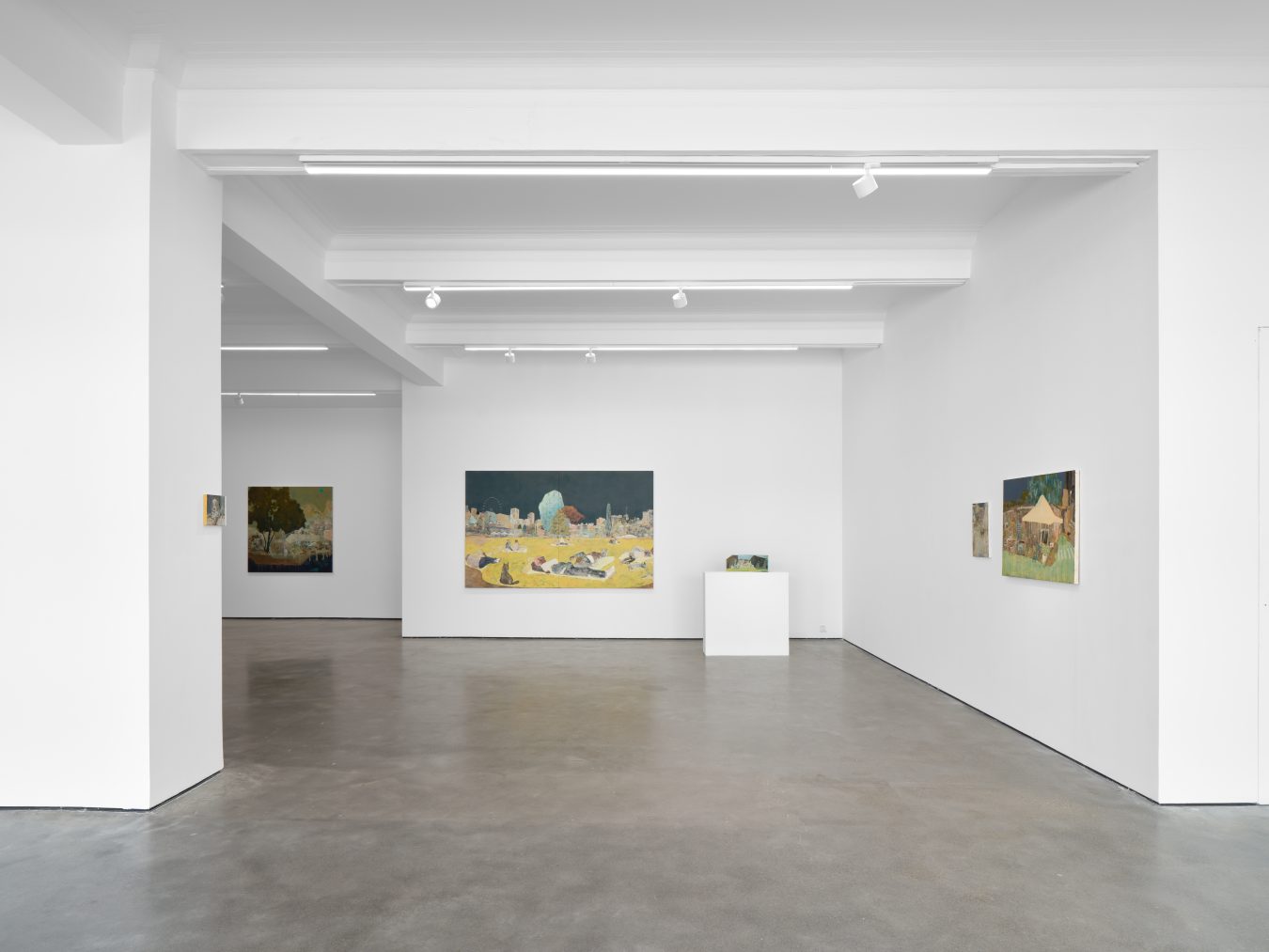
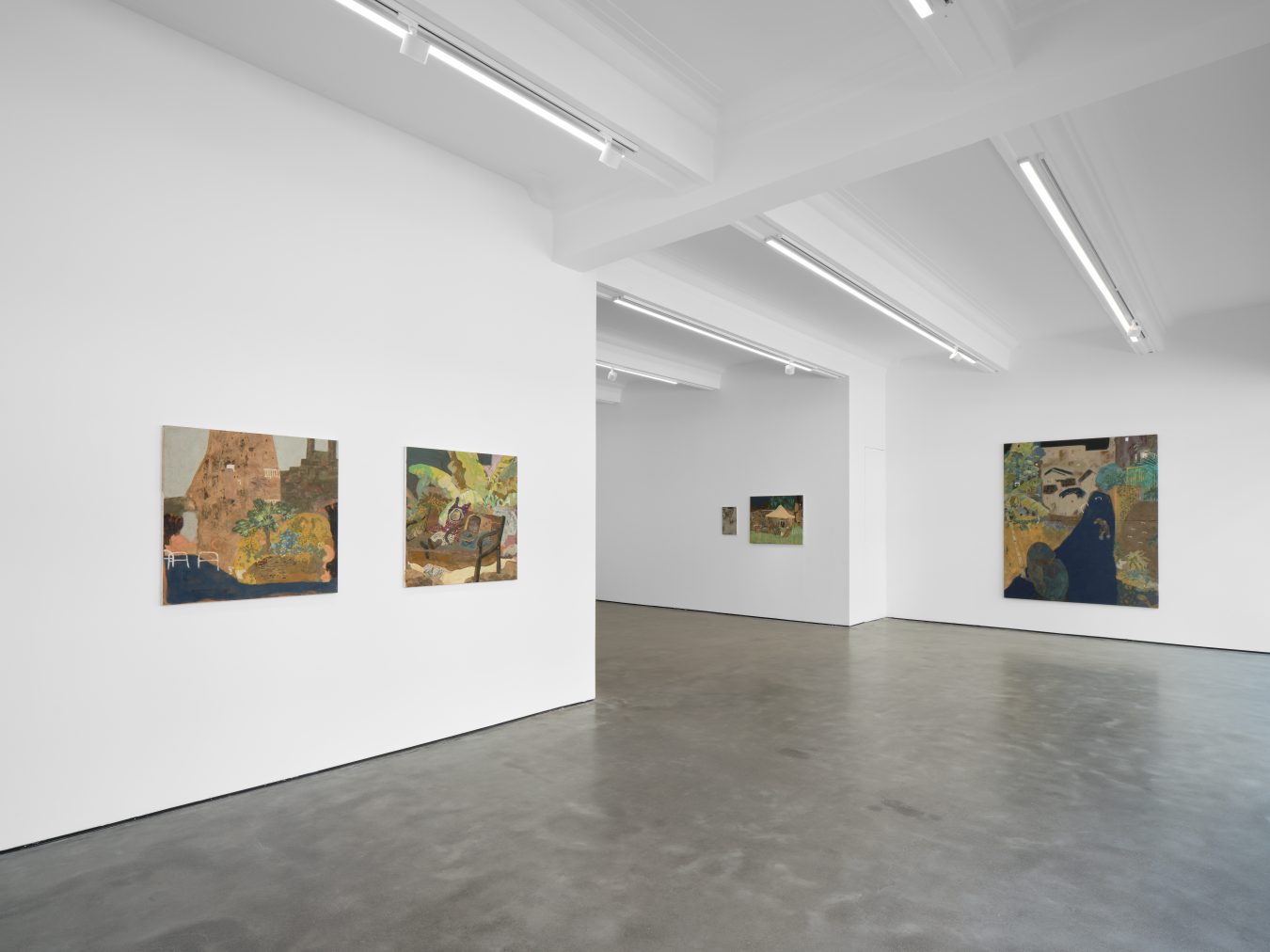
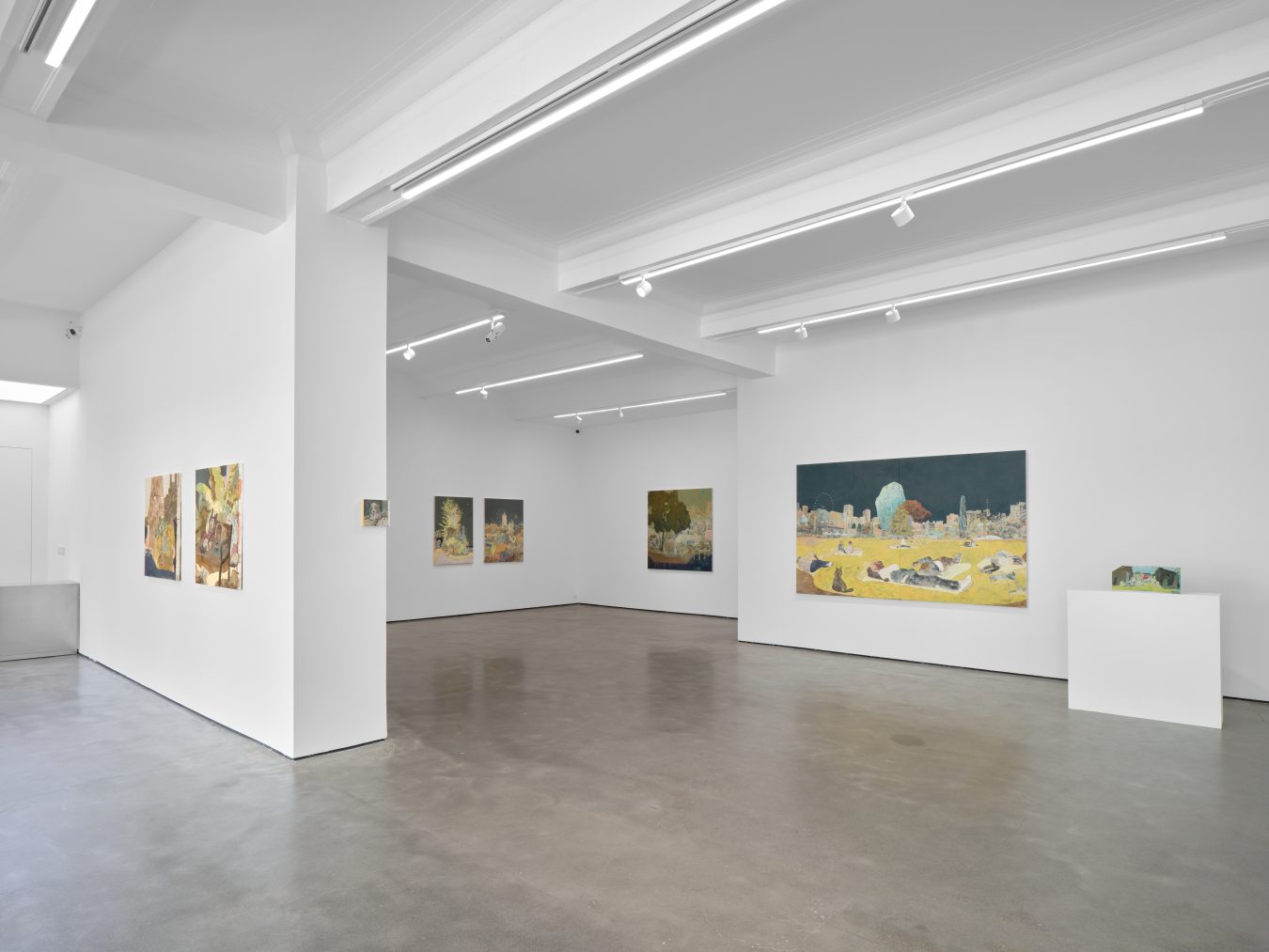
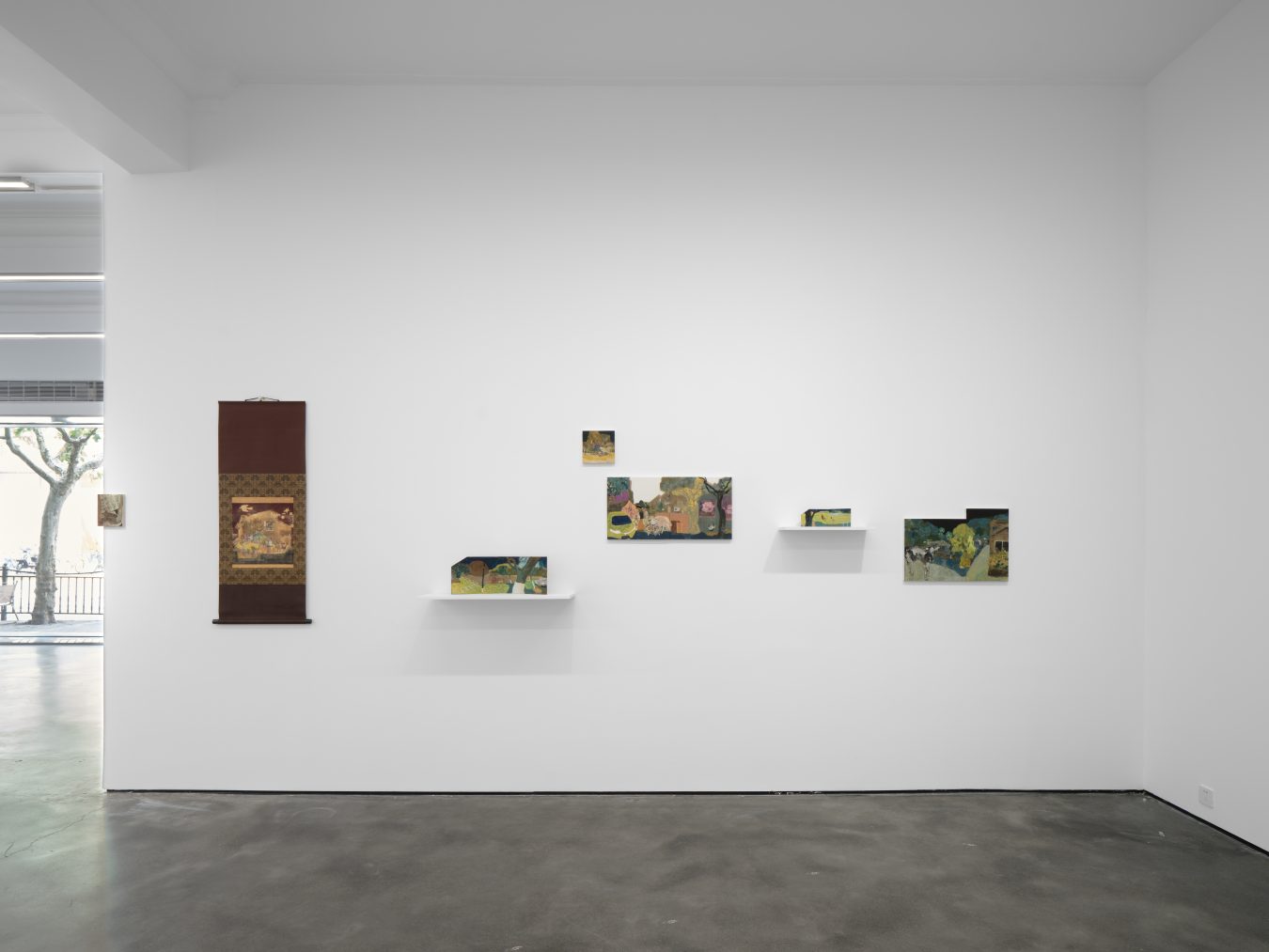
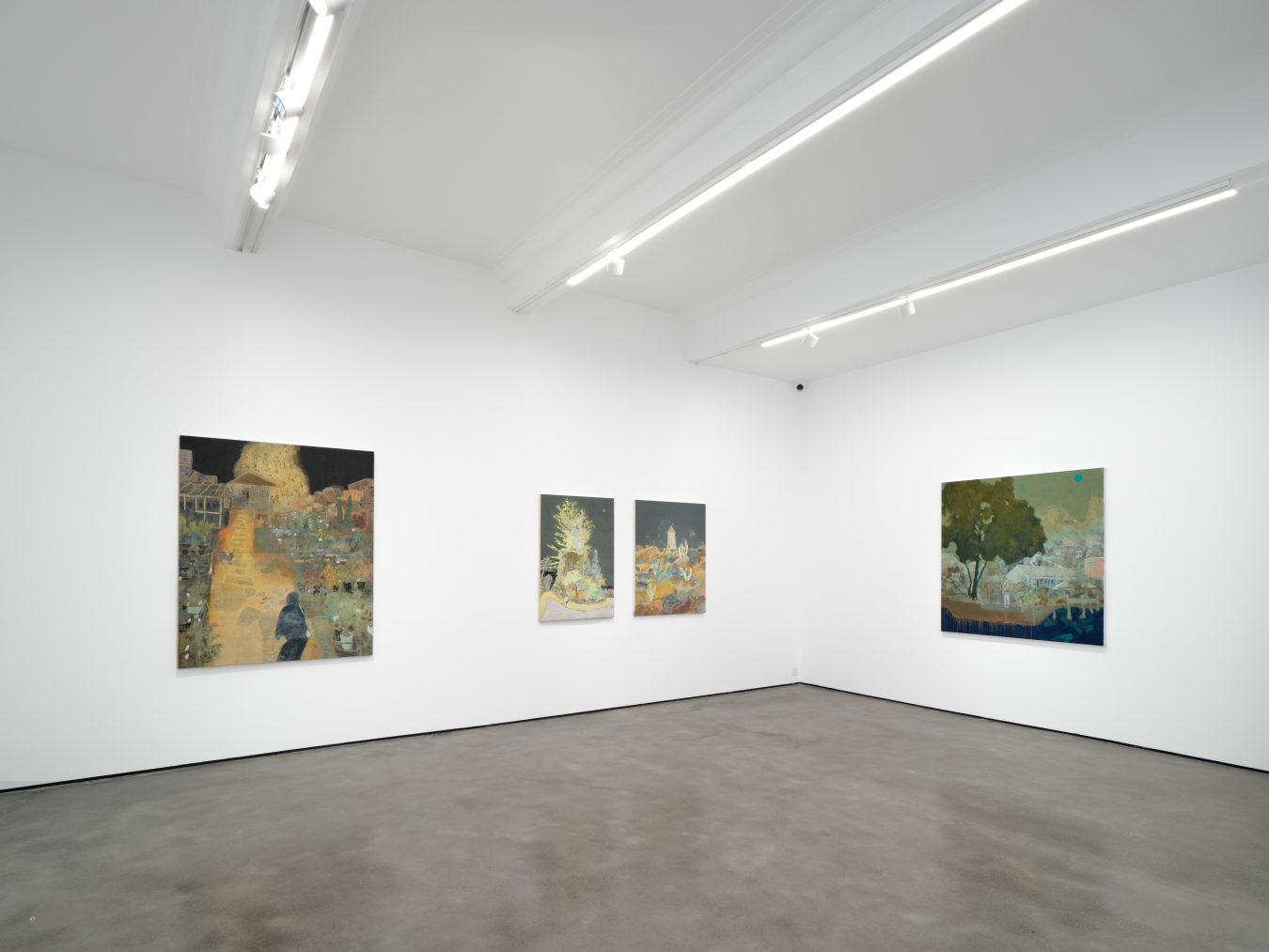

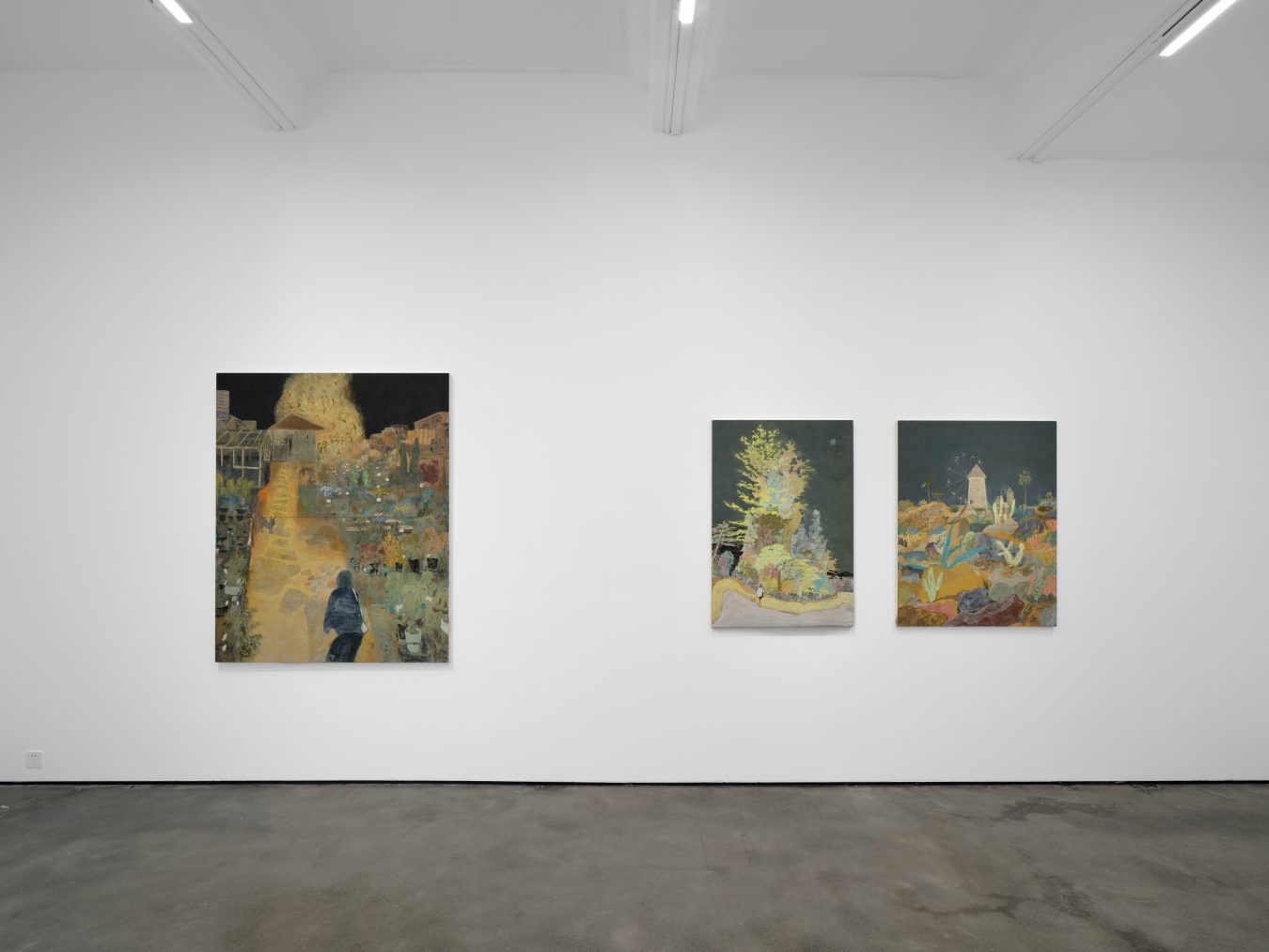
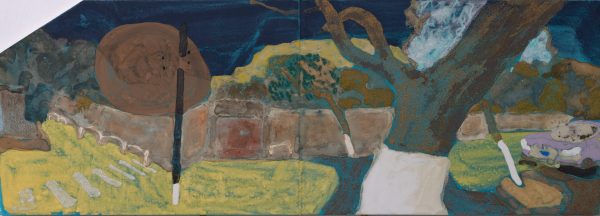
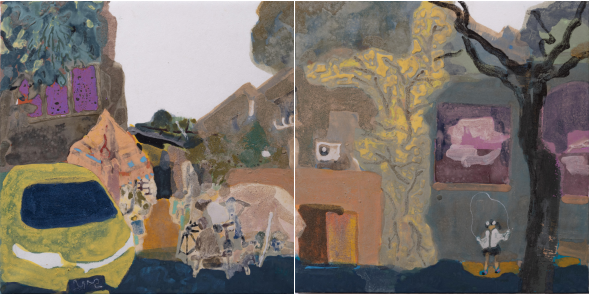
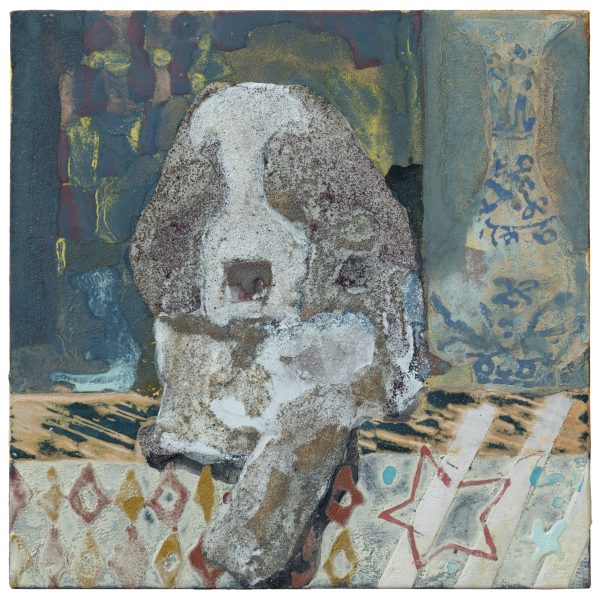
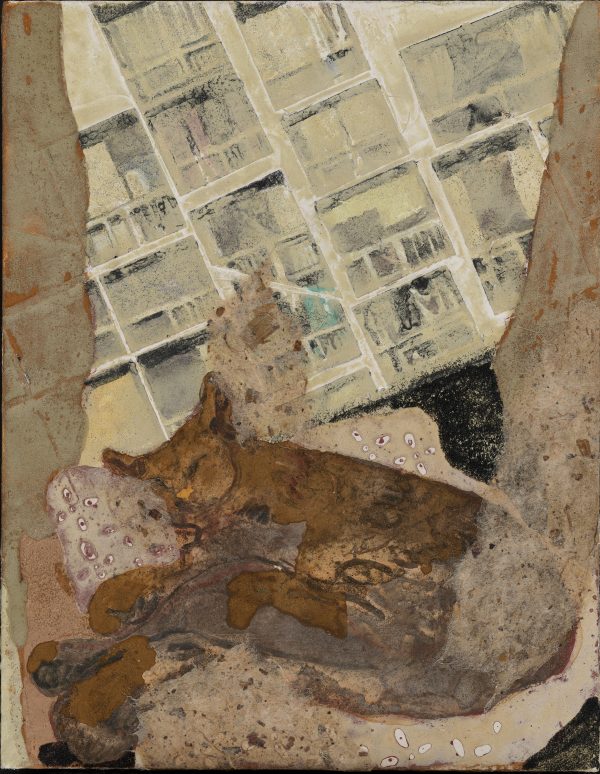
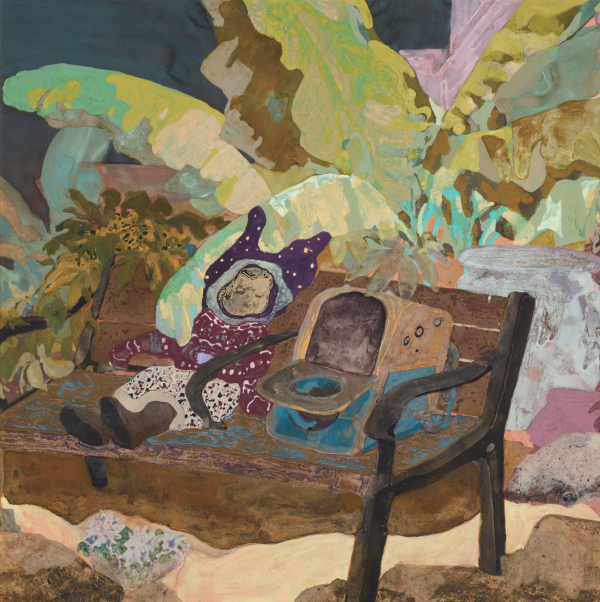
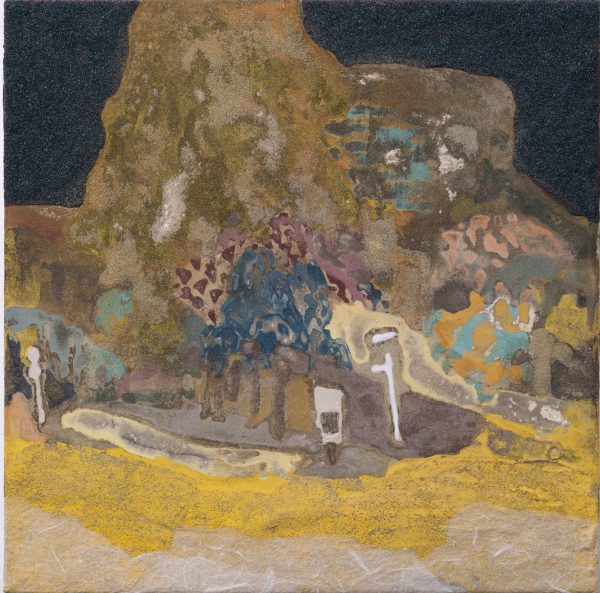

-600x1573.png)
